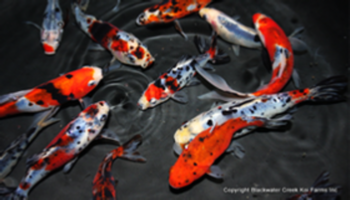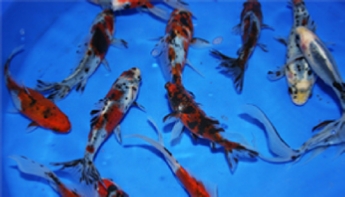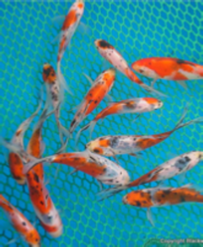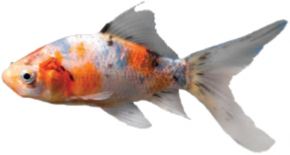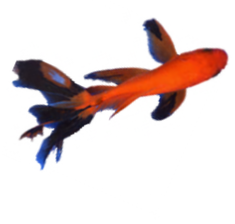
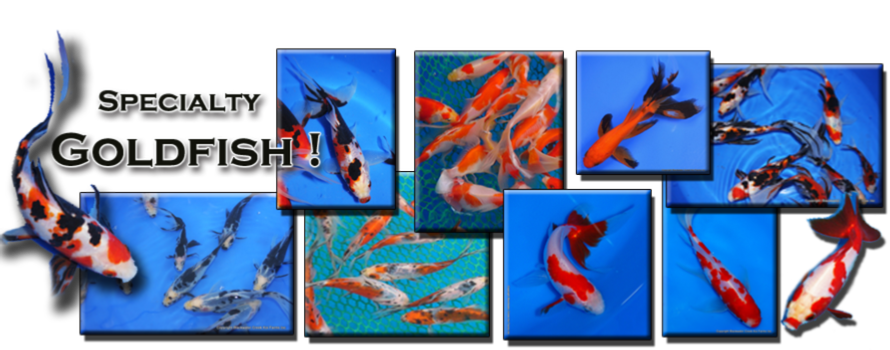








Phone: 352.357.4563
Fax: 419.715.8697
E-

Shubunkin Goldfish are a favorite of hobbyists because they come in so many beautiful colors and patterns. Shubunkin's come in;
- Powder Blue
- Red Pattern over Blue
- Orange with Black Colors and many, many more.
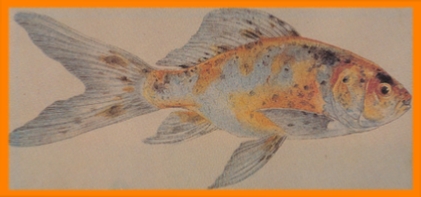
<(Early painting circa 1909 painting by Hugh M. Smith).
The name ‘Shubunkin’ is Japanese and roughly translates to “Calico Goldfish”.
Shubunkin are similar to
Common Goldfish and Comets, but with the characteristic Calico color pattern. Like all calico-
Shubunkin’s are often selected for side-
the tail fin;
- The Japanese/American Shubunkin has long fins, forked tail and the tips of the tail are pointed like a comet.
- The Bristol Shubunkin also has a forked tail, but the ends of the tail fin are rounded and the tail resembles the letter ‘B’ in profile..
- The London Shubunkin has a short round tail fin reminiscent of the common goldfish.
Our Shubunkin are a popular way to get introduced to pond keeping. They co-
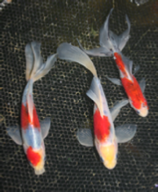
A variant of our Shubunkin, with a fan tail, was sent into space aboard the last ever Space Shuttle Atlantis, at a cost of $30,000 for less than a gram of water! Read more about the
Goldfish in space experiment that Blackwater Creek was proud to part of.
